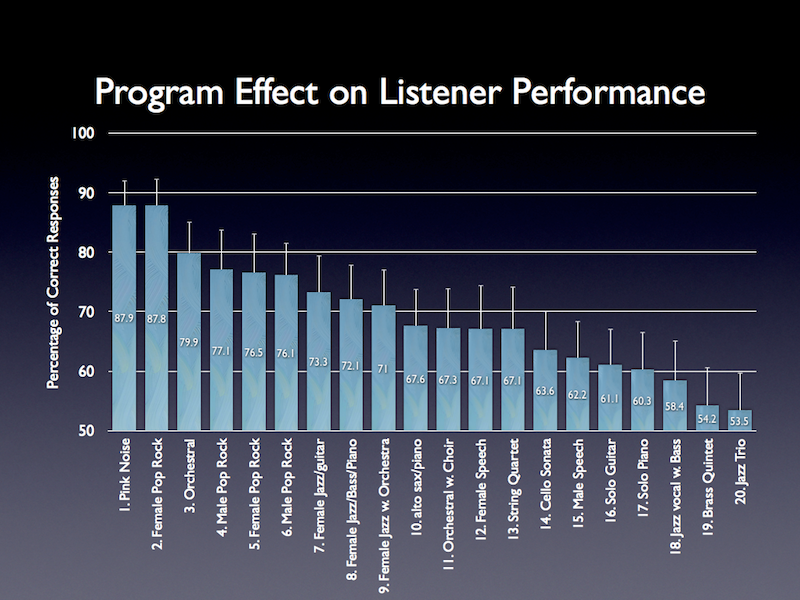In the dozens - maybe over a hundred - of installations/voicings I have done of Avantgardes, lack of depth was NEVER an issue.
Some dealers and even some manufacturers do not value this aspect with admittedly large hornspeakers, and may minimize or even ignore it. I certainly heard this lack of depth at the Avantgarde facility. Fortunately, by the time I had a chance to visit Avantgarde to work out final distributor agreements, I had already worked with the speakers back home. In fact, I personally thought that I was getting better, more musically involving sound from UNOs than they were with Trios.
In fairness, they (and some other horn speaker manufacturers) do not value this aspect and do not consider it in their set-ups.
I do, with the proviso that depth is a part of Presence, when properly incorporated in the set-up. IMO, you have to have Dynamics, Presence & Tone to provide a maximally involving musical sound with any high-end system. Otherwise, we end up listening to/for sonic artifacts from our revealing systems. It's almost an inverse result as we acquire ever more detailed/high-resolution components.
As is well documented, Avantgarde-USA went on to win numerous raves over the sound we had at shows, exhibits, etc. Dynamics, Presence & Tone were well accounted-for in each of those demos.
Finally, I am saying that when you did not experience depth, you were right. But I would recommend that you not assume that horns cannot do it. IMO, of course.







